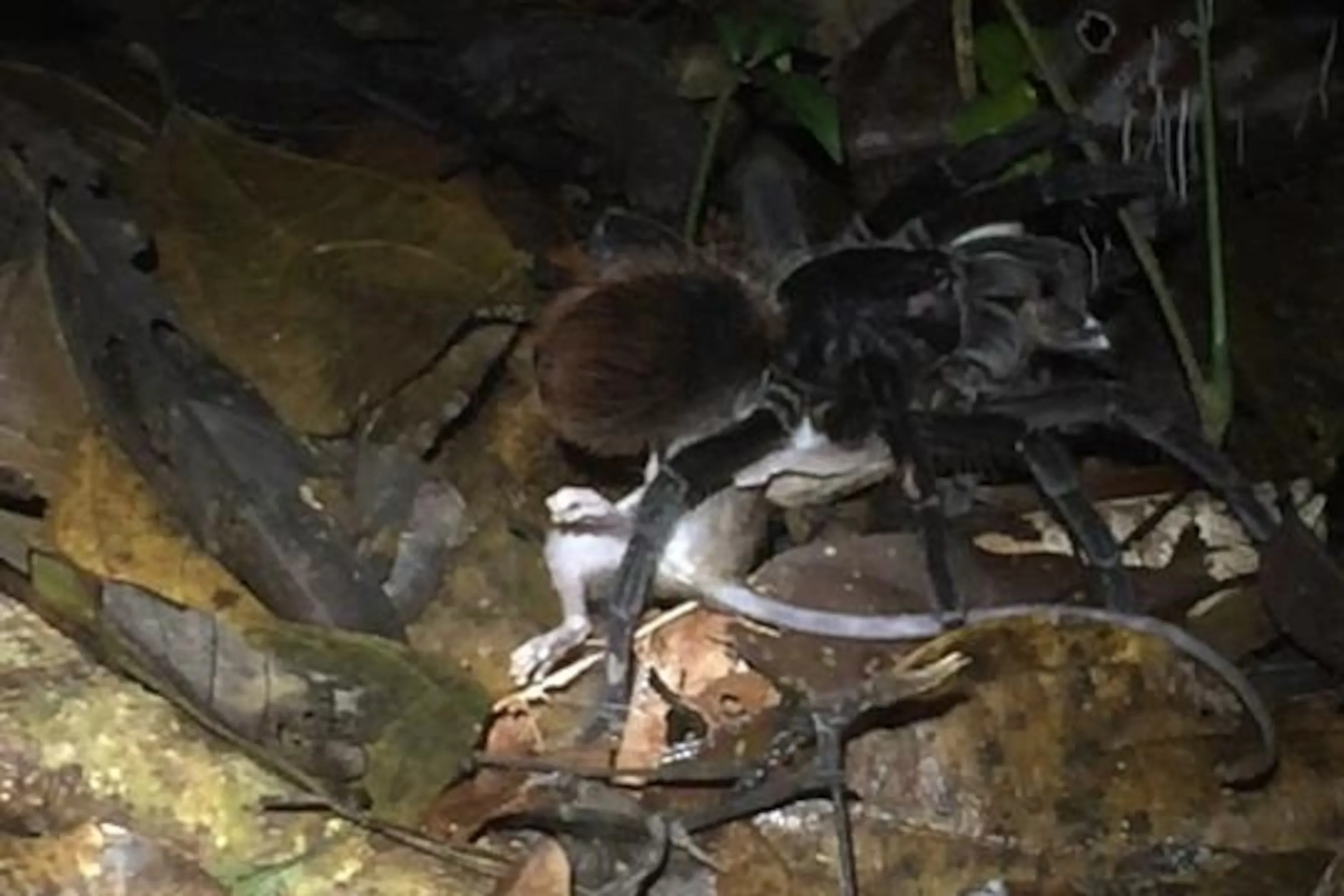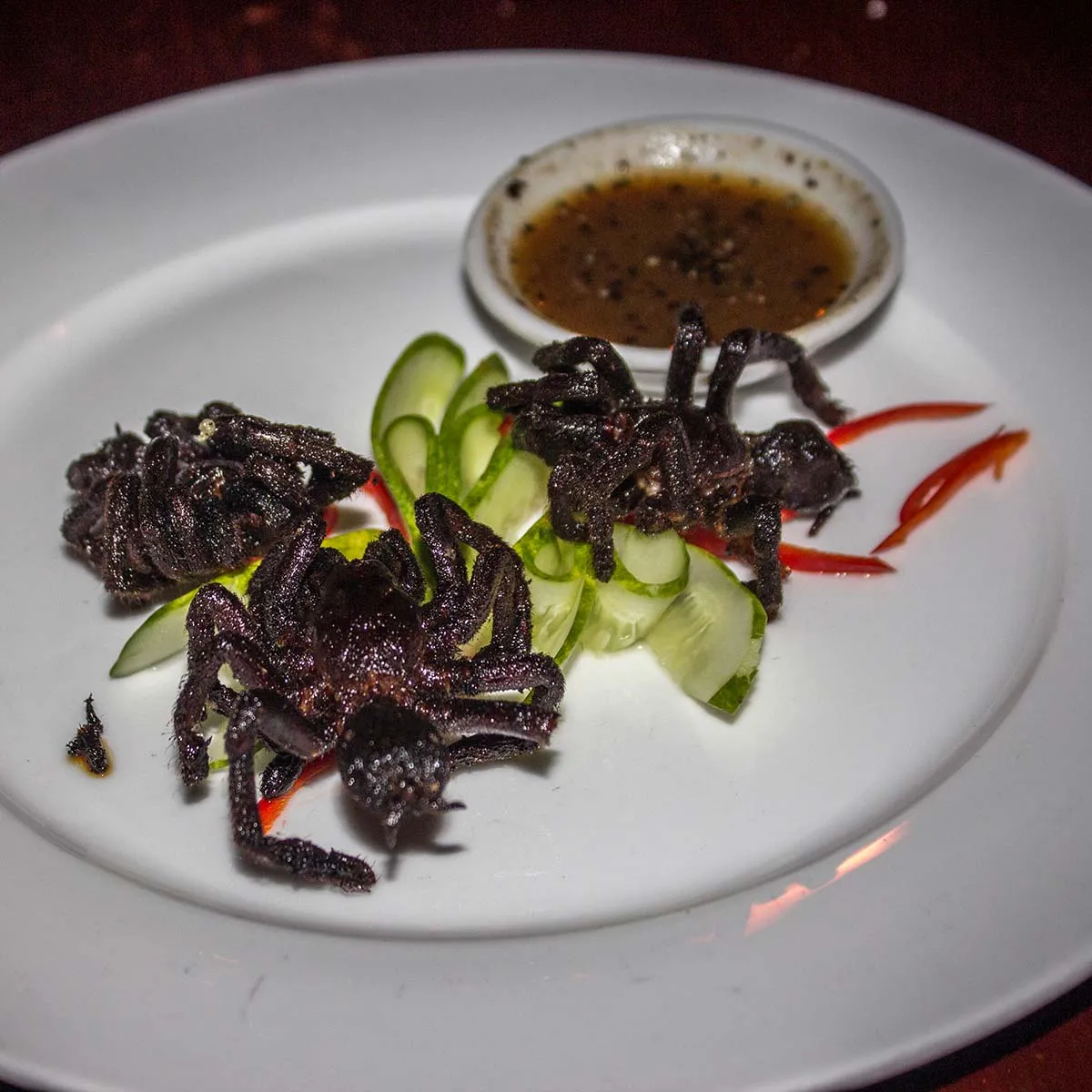What Do Tarantulas Eat
Tarantulas, those impressive arachnids, are voracious predators with a diverse diet. Their menu primarily consists of insects, but it extends far beyond that. These opportunistic hunters are known to consume a variety of prey items depending on their size, the environment, and the availability of food. Insects such as crickets, grasshoppers, beetles, and moths form a staple part of their diet, providing essential nutrients for growth and survival. However, tarantulas are not limited to insects alone. They also prey on other arthropods like spiders, centipedes, and even smaller tarantulas, demonstrating their predatory nature within their own species. The diet of a tarantula can be quite varied depending on the species and the environment, from the humid rainforests to the dry deserts, and their eating habits are crucial for the balance of the ecosystem.
The Role of Tarantulas in Their Ecosystem
Tarantulas play a significant role in their ecosystems, acting as both predators and prey, contributing to the intricate web of life. As predators, they help regulate populations of insects and other arthropods, preventing any single species from overwhelming the environment. Their presence can influence the distribution and abundance of various species, maintaining a healthy balance within their habitats. They are also a food source for larger animals. Birds, lizards, snakes, and mammals are known to prey on tarantulas, providing a crucial link in the food chain. The tarantula’s body, rich in nutrients, supports the survival of these larger predators, further emphasizing the complex interdependence of species. The tarantula’s diet and their role in the ecosystem are linked to their survival and that of other species.
How Tarantulas Catch Their Prey

Tarantulas are skilled hunters, employing a combination of stealth, patience, and specialized adaptations to capture their prey. Some species are ambush predators, remaining still and camouflaged until an unsuspecting insect or animal comes within striking distance. Others actively pursue their meals, using their speed and agility to chase down their targets. The process usually starts with the tarantula sensing vibrations through the ground or air, which alert them to the presence of potential prey. They have excellent sensory hairs, called setae, on their legs and body, which detect even the slightest movements. Once a target is identified, the tarantula moves in quickly, using its powerful chelicerae (mouthparts) to deliver a venomous bite. The venom immobilizes the prey, making it easier for the tarantula to handle and consume. The hunting behavior of the tarantula is amazing and it is a real example of how nature works.
Ingesting the Meal
Once the prey is subdued, the tarantula begins the process of feeding. Unlike humans and many other animals, tarantulas cannot physically chew and swallow their food. Instead, they have a unique method of consuming their meals. The tarantula injects digestive enzymes into its prey, breaking down the internal tissues into a liquid form. The tarantula then uses its mouthparts to suck up the liquefied nutrients, leaving behind a shell of exoskeleton and indigestible parts. This process can take several hours, depending on the size of the prey and the tarantula’s appetite. The tarantula will often create a feeding area around the prey, helping to keep the meal in place and preventing any loss of valuable nutrients. After consuming their meal, the tarantula will often discard the undigested remains, which consist mostly of the prey’s exoskeleton and other waste products. This process, though, is essential to its survival.
Nutritional Aspects of a Tarantula’s Diet
A tarantula’s diet provides essential nutrients that support its growth, development, and overall health. Protein is the most important, as it helps the tarantula build and repair its tissues, as well as produce the enzymes and hormones necessary for various bodily functions. The exoskeleton, which consists of chitin, provides a tough protective covering, but it is not digestible. The tarantula extracts the essential nutrients from its prey. Fats and carbohydrates are also part of the tarantula’s diet, providing energy for movement, hunting, and other activities. Vitamins and minerals are crucial for various physiological processes, and the tarantula gets these nutrients from its prey. A balanced diet ensures the tarantula has the necessary resources to grow, molt, and reproduce, allowing it to thrive in its environment. If your tarantula is eating well, it is also living well.
In conclusion, the eating habits of tarantulas are as fascinating as the spiders themselves. From their predatory skills and diverse diets to their unique feeding methods and the nutritional benefits they gain, tarantulas are remarkable creatures that play a crucial role in their ecosystems. Understanding what tarantulas eat and how they eat provides insight into their survival strategies and the delicate balance of the natural world. Next time you encounter a tarantula, remember the intricate processes that make these spiders such fascinating predators.
